UTMOST is a professional ball valve factory and ball valve manufacturers in China with extensive OEM ball valve experience. The ball valve is evolved from the plug valve, its opening and closing member as a ball, the use of the ball around the axis of the stem rotation of 90 degrees to achieve the purpose of opening and closing. Actuated ball valve in the pipeline is mainly used to cut off, distribution and change the direction of media flow, ball valve not only simple structure, good sealing performance, and in a certain nominal through range of smaller volume, light weight, less material consumption, small installation size, and small driving torque, easy to operate, easy to achieve rapid opening and closing, is one of the fastest growing varieties of valves in recent decades. The carbon steel floating ball valve is an excellent product produced by our company on the basis of digesting and absorbing advanced technology at home and abroad, which has updated ball valve design features and can meet the general industrial standards of safety and convenience. Inconel, Monel, and Hastelloy alloy are on offer; actuators are both on electric and pneumatic options; And the inside nominal diameter ranges between DN15(l/2") and DN900(36"), with nominal pressure from PN16(ANSI150) to PN400(ANSI2500), connection type included NPT/FF/RF/RTJ.
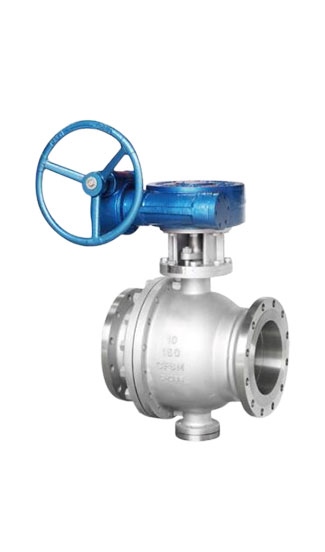
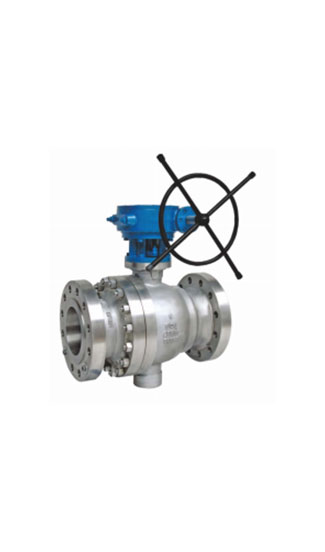
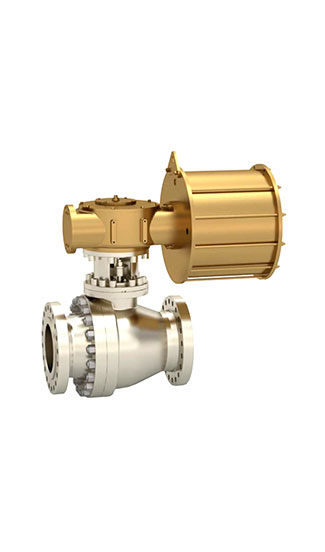
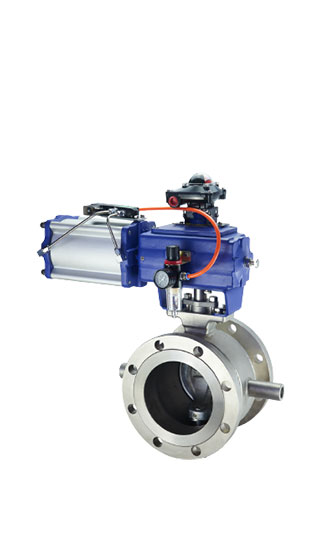
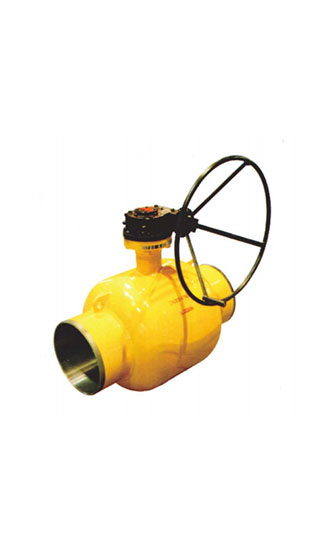
The opening and closing part of the pressure ball valve is a sphere with a circular channel, which rotates around an axis perpendicular to the channel, and the sphere rotates with the rising stem ball valve to achieve the purpose of opening and closing the channel. The ball valve can be closed tightly with only a 90-degree rotation operation and a small torque.
Different types of ball valves drive devices can be assembled to form ball valves with different control methods according to the needs of working conditions, such as electric ball valve, pneumatic control ball valve, hydraulic ball valve, and so on.
When the ball valve use rotates 90 degrees, the inlet and outlet should all be spherical, so as to close the valve and cut off the flow of the medium. And all the ball openings should be present at the inlet and outlet, so as to open the flow, and there is basically no flow resistance.
Manual top entry floating ball valve with an open and close indication
Rotary valves locking device
Central flange non-leakage valve control systems structure
Anti-fly-out structure of the rising stem ball valve
Anti-static high quality ball valve device
Fireproof structure
Reliable automatic ball valve seat sealing structure
High pressure ball valve with automatic pressure relief structure
Ball valves and butterfly valves are two common types of valves used in industrial and residential applications to control the flow of fluids. Here are some of the key differences between them:
Design: A ball valve has a ball-shaped disc inside its body that rotates to open or close the valve. A china butterfly valve has a disc that pivots on a shaft to control the flow.
Size: Ball valves are typically used in larger sizes, whereas butterfly valves are often used in smaller sizes.
Flow control: Ball valves offer better flow control compared to butterfly valves. This is because the ball-shaped disc provides a more precise and uniform opening.
Pressure and temperature: Ball valves can withstand higher pressure and temperature than butterfly valves.
Cost: Generally, butterfly valves are less expensive than ball valves.
Maintenance: Ball valves require less maintenance as they have fewer moving parts compared to butterfly valves.
Overall, the choice between a ball valve and a butterfly valve depends on the specific application and the requirements of the system. If precision flow control is required, a ball valve may be the better choice, while a butterfly valve may be more suitable for applications that require quick opening and closing, or in situations where cost is a concern.
Ball valves and gate valves are both common types of valves used to control the flow of fluids in various industries. Here are some key differences between them:
Design: A ball valve has a ball-shaped disc inside its body that rotates to open or close the valve, while a china gate valve has a gate-like disc that moves up and down to control the flow.
Function: Ball valves are best suited for applications where on/off control is required, while gate valves are more commonly used for applications where precise flow control is needed.
Flow control: Gate valves provide more precise flow control than ball valves, but they take longer to open and close.
Pressure and temperature: Gate valves can handle higher pressure and temperature than ball valves.
Maintenance: Ball valves are generally easier to maintain than gate valves, as they have fewer moving parts.
Size: Ball valves are often used in larger sizes, while gate valves are commonly used in smaller sizes.
Overall, the choice between a ball valve and a gate valve depends on the specific application and the requirements of the system. If precise flow control is needed, a gate valve may be the better choice, while a ball valve may be more suitable for applications that require quick opening and closing, or in situations where maintenance is a concern.
